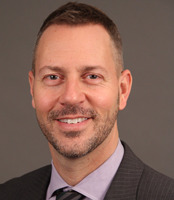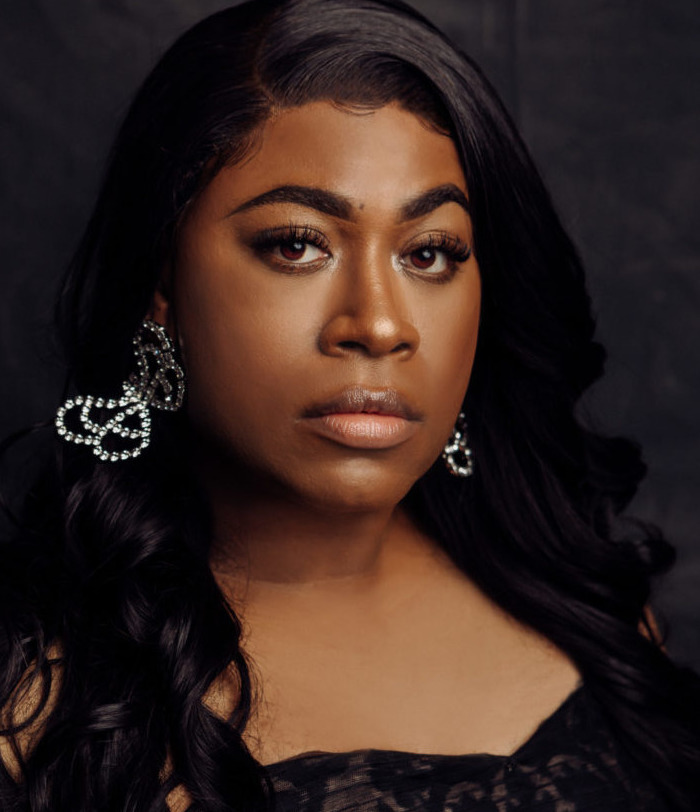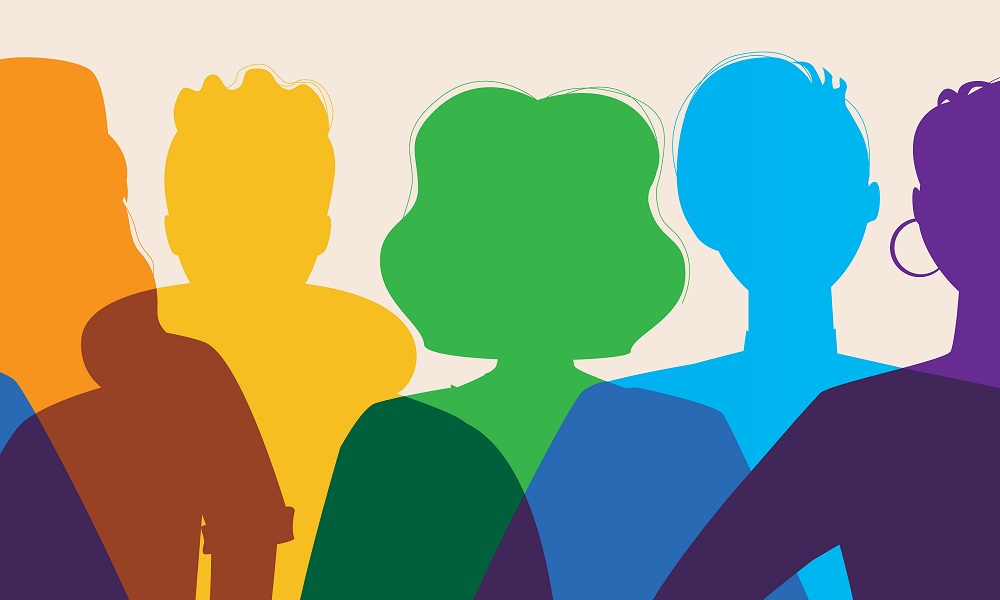Amiya still remembers the sting of being called “different” and “not like them” by the other girls in her group home. One among those girls was especially intent on ridiculing her for being bisexual, Amiya said.
One day, inflamed by insults Amiya calls too hurtful to repeat, she punched the worst of the bullies in the face. After that blow, she kept on pounding.
“I couldn’t take it anymore. I let my anger get the better of me,” said Amiya, now 18, asking that her last name not be published, fearing reprisal from her harassers.
For pummeling the kid she said bullied her, Amiya was arrested and charged with assault. That case later was dismissed, she explained across a telephone line from the Brooklyn, N.Y. offices of JustUs, while that nonprofit agency’s directors listened. Their organization aims to keep justice-involved girls and LGBTQ youth out of incarceration by providing them with mental and behavioral health counseling and education, employment and other support services tailored toward them.
Tailor-made services are important for many justice-involved LGBTQ youth and young adults their advocates contend, because those individuals’ encounters with law enforcement, courts, correctional and other agencies often are in stark contrast to how their heterosexual peers navigate the justice system and society in general.

Courtesy of Currey Cook
Currey Cook
The differences that LGBTQ people confront are reflected, as examples, in some police and corrections officers’ refusal to address them according to their preferred gender identity; harassment at school and in the community; and homelessness prompted by some relatives’ objections to their sexuality and gender identity.
Those realities prompted Ceres Policy Research, in Santa Cruz, Calif., to publish a reentry guide for LGBTQ and other justice-involved youth and young adults who are being released from detention. The guidance covers, among other areas, how to best meet the terms of probation, which may include finding jobs, attending school and completing court-ordered community service.
Reentry itself, however, needs reform, said attorney Currey Cook, senior counsel for Lambda Legal, the nation’s oldest organization addressing LGBTQ civil rights.
“There is an unbelievable stack of evidence that talks about the challenges and harm LGBTQ youth and young people face while being incarcerated and upon reentry,” New York City-based Cook said. “Similarly, there are recommendations … to improve outcomes and reduce recidivism but they [often] have just not been put into practice … ”
Advocates urge LGBTQ people to embrace their identity

Courtesy of H.Q. Salazar
Helianis Quijada Salazar
“Showing up to this work every day feels like an opportunity to work towards creating a world where folks are free to be themselves,” said social worker Helianis Quijada Salazar, the director of JustUs, who identifies as queer.
In addition to counseling and advising justice-involved youth on her agency’s roster, Quijada Salazar oversees their participation in a three-year pilot program, launched last October, enrolling them in six-week-long paid internships.
Amiya said JustUs, where she signed on nine months ago, is helping her to build a new life. “It’s a safe place for me. Before, I used to not care what would happen to me and now I think, ‘Is it worth my freedom?’” said Amiya, who, since 2019, has been in and out of detention centers for fighting and destroying public property.
Disproportionately, LGBTQ people are juvenile defendants
LGBTQ people represented 5% to 7% of the nation’s youth population but up to 15% of those in juvenile facilities, according to studies in 2012 and 2009, respectively, that the Office of Juvenile Justice and Delinquency Prevention has cited. LGBTQ people were twice as likely to be arrested and detained, as examples, for such status offenses as running away and truancy, prostitution and probation violations, according to that federal office.
Formerly incarcerated Dominique Morgan is the executive director of Omaha, Neb.-based Black & Pink National, which advocates abolishing prisons and on behalf of justice-involved LGBTQ people and those with HIV.
“It was a revelation that the system was so unprepared to deal with the needs of LGBTQ people. And they were not trained to address how to rebuild my connection with my family and siblings upon re-entry. I needed them,” said Morgan, now 40.

Courtesy of DominiqueMorgan
Dominique Morgan
She was reflecting on the years she spent, starting at age 12, cycling in and out of juvenile and adult prisons. Morgan, who lives in Brooklyn, shares with young LGBTQ people her own backstory. She has a series of arrests for assault, disorderly conduct and other charges behind her. She once spent 18 consecutive months in solitary confinement. When she was teen, her parents agreed with juvenile court officials that they should relinquish and make her a ward of the state.
“I knew my parents loved me and they were doing what they thought was the best for me, but I felt alone. My relationships with them and my siblings to this day lack connection … Being in the system was being so alone,” Morgan said.
Lambda Legal’s Cook said that many of his clients experience that aloneness.
And they often face an array of obstacles when interacting with the courts and law enforcement. He cited as examples the cases of two individuals, whose names he would not disclose: While in her 20s, one trans woman had been arrested and charged with prostitution by police officers she said verbally assaulted and mocked her; handcuffed her so tightly that her wrists swelled and turned purple; then, shoved into a wall.
When another client, a gay man, was 18, police beat him up and called him the f-word insult for homosexual, then charged him with assaulting the officers.
Cook said he’s grown “incredibly frustrated … with the system and the need to repeatedly discuss the same problem for years.”
Those problems sometimes occur in schools. LGBTQ students disproportionately are suspended, even when their behavior resulted from being bullied and otherwise victimized by classmates, a 2017 study in Criminal Justice Review concluded.
“So,” Cook added, “a likely response from an LGBTQ youth is, ‘If this person doesn’t acknowledge my identity or my humanity, why should I share my future plan with them? Why should I cooperate with them if they don’t show me basic respect?’”
Amid the challenges, there’s been some progress
Nevertheless, said Angela Irvine-Baker, founder and principal consultant at Ceres Policy Research, there is reason for optimism. The Prison Rape Elimination Act of 2003 — enacted as CERES was conducting research — paved the way for youth in growing number of jurisdictions to be incarcerated in units aligning with their gender identity combined
“That means that a transgender girl will now be housed with girls in the majority of counties across the country. Transgender boys can decide whether they are housed with boys or girls,” Irvine-Baker said. “That is a major improvement in safety.”
Ceres’ 2019 report, “The Whole Youth Model,” urges youth courts and probation agencies to more comprehensively collect data on the lives and circumstances of the individuals on those dockets.
Additionally, that report urges justice system professionals to treat LGBTQ youth with fairness and respect; not ridicule or attempt to change youths’ sexual orientation and gender; accept that they express themselves through their choice of clothing, name and hairstyle; and so forth. The report extends from CERES’ efforts urging counties nationwide “to ask sexual orientation, gender identity and gender expression questions,” she said.
On this front, New York is something of a pioneer, she added. County by county, as that state changes its justice data management system, it is training employees statewide to collect that aforementioned data. No such option exists in other states where counties control their own data, she added, listing California and Ohio as examples of where countries have their say-so in this area.
Still, Irvine-Baker added, specifically referring to parole and probation officers she’s met across the country, “Even in the states which have been slower to implement changes, they have wanted to learn how to treat LBGTQ youth respectfully.” “Departments,” she continued, “are learning to talk to youth about sexual orientation and gender identity. It allows them to see youth as whole people. I am hopeful that this will continue. That’s not to say that there may be missteps by staff.”
***
Ohio journalist Sonia Chopra’s byline has appeared in Cosmopolitan, HuffPost, Rewire, Salon and Teen Vogue. She is a The New York Times stringer and regularly freelances for the Cincinnati Enquirer.






























